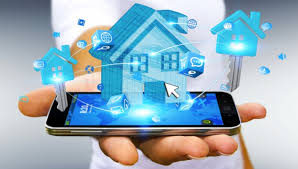 April 2021
April 2021
Technology allows today’s cities to be smarter and operate more efficiently. High-rise buildings can also be smarter. This leads to improved services and quality at lower cost.
- Heating, cooling and lighting can be turned down when spaces are unoccupied.
- Improved elevator efficiency leads to faster response times, lower electricity use, less down time and reduced maintenance costs.
- Cloud-based diagnostic and analytic tools can increase operational savings and improve comfort.
- Metering of energy and water use reduces waste and ensures residents pay for what they use. Electronic reading of meters in place of manual readings reduces monthly costs. Automatic powering down of less critical systems during periods of lower demand reduces energy use without affecting resident lifestyle.
- Automated garbage pickup when bins are full reduces the likelihood of overflowing dumpsters that look unsightly, emit odours and attract vermin.
- Automatic detection of water leaks reduces severity thus leading to less damage, fewer insurance claims and lower repair costs.
- The electrical grid was designed to deliver electricity to end users. As battery and other technologies improve, high-rise buildings can generate and store excess energy for use during heavier demand periods. Excess energy can be delivered back to the electrical grid.
- Rooftop solar arrays can generate electricity for immediate use. They can store excess energy for future use or provide it to the electrical grid.
Smart cities depend on smart buildings to make efficient use of their resources and provide excess resources to the grid for reallocation. This leads to fewer power generation plants, reduced problems and happier people.
Find Vendors in these Related Categories
- Air Quality
- Building Sciences
- Cleaning & Janitorial Services
- Cleaning Services - Ducts
- Condo Software - Management Software, Electronic Voting and more
- Elevator Services
- Energy Services
- Energy Services - Efficiency
- Energy Services - Electricity
- Energy Services - Gas
- Energy Services - Water
- Engineering Services
- Environmental Consulting
- HVAC
- Lighting Services & Suppliers
- Mould Detection & Remediation
- Odour Control
- Plumbing Services
- Waste Services
- Water Proofing & Systems







